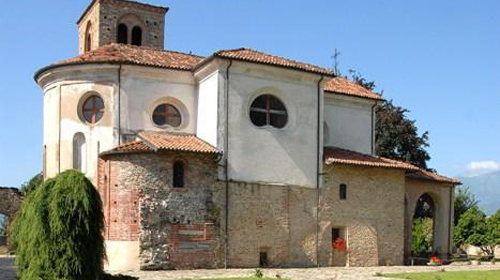Abbeys and Monasteries

Abbey, derives from medieval Latin abbatia (from abbas, -atis, an abbot) and denotes both a monastery sui juris, i.e. an independent legal entity with collective and chapter rights, headed by an elected religious superior, and the complex of cloister buildings and connected structures that house a religious monastic community.
In the associated sense of a religious community and architectural complex, “abbey” refers not only to the buildings inhabited by the monks, but also the result of the construction that they produce, on the basis of or even as the expression of specific ways of life and thought.
A monastery is a building (or series of buildings) housing a community of monks or nuns, which originated following the period of the first persecutions of Christians.
n Monasteries do not constitute a religious order: each of them may form a community, or be part of confederations, with functions of coordination and mutual aid.
A monastery and a convent are not the same thing. The latter is a complex destined to accommodate a religious community, introduced with the foundation of the mendicant orders, whose members are known as “friars” and “nuns”, i.e. brothers and sisters.
For many centuries the monastery was a small town that tended to be economically self-sufficient. The monastics live a life of prayer and work, often manual, but with very important variations depending on the historical period, their order and rule, and the geographic region.





